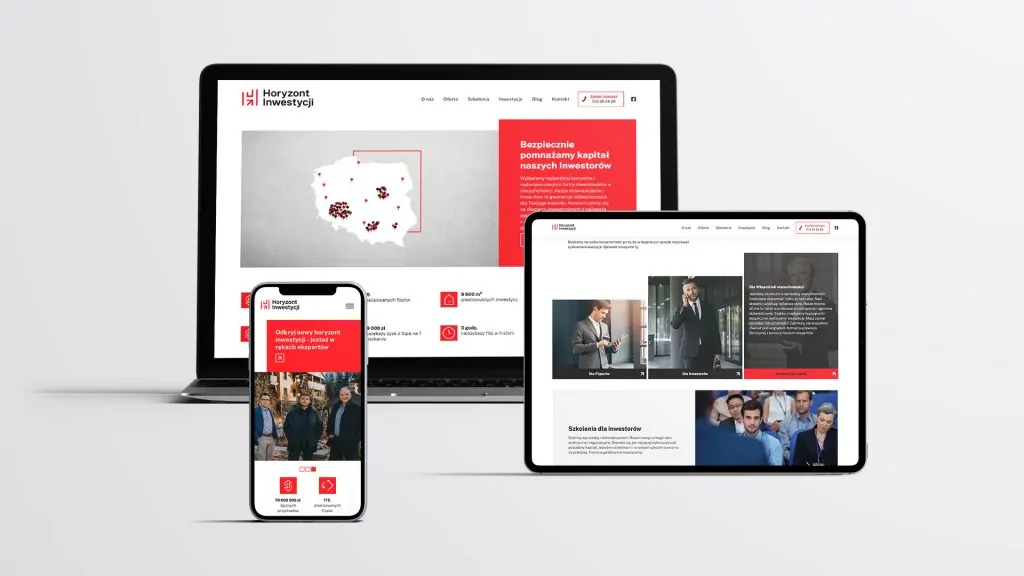In today's digital world, where information assaults us from all sides, creating a newsletter that stands out can be a challenge. Nevertheless, newsletters are one of the most effective marketing tools for staying in touch with customers and building relationships with them. In this article, we will provide tips to help you create a professional and effective newsletter that will not only be opened, but also read!
Define the purpose of your newsletter
Even before you start writing your first issue, you need to know exactly what you want to achieve. Is your goal to increase sales, build brand awareness or perhaps educate your audience? Being clear about your goal will help you choose your content and shape your message effectively.
Know your target group
No newsletter will be effective if it is not tailored to the needs and expectations of your audience. Gather as much information as possible about your target audience - who they are, what interests they have, what problems they want to solve. This will enable you to produce content that is of real value to them.
Create an engaging headline
It is well known that first impressions count, and the headline is the first thing the recipient will see in their email inbox. Therefore, it needs to be concise, specific and inviting to open the message. Avoid clickbait wording - instead focus on the value the newsletter will bring to the recipient.
Focus on valuable content
The content of the newsletter should be interesting and of value to the recipient. Avoid over-saturating it with too much information - it is better to focus on quality rather than quantity. Consider what information will be most useful to your target audience and deliver it in an accessible way.
Call to action (CTA)
Every newsletter should contain a clear call to action (CTA). This could be an incentive to visit a website, purchase a product, download an eBook or sign up for a webinar. The CTA should be visible and unambiguous.
Test and analyse results
Don't forget to regularly test different elements of your newsletter. Use different versions of headlines, layout or content to see what works best. Analyse the results of your campaigns - open rate, click-through rate, time spent on page - and make the necessary changes to continuously improve the effectiveness of your newsletter.
In summary, an effective newsletter is one that is well thought out and tailored to your audience. By following the steps above, you can create a tool that not only attracts attention, but also builds lasting relationships with your customers. Remember that the key to success is continuous improvement and adaptation to changing market needs.

